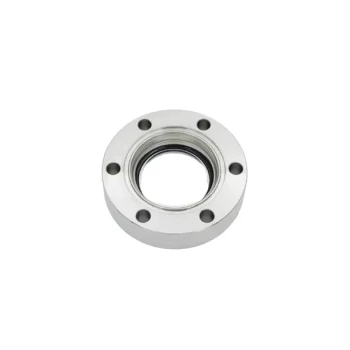To improve the uniform length of a tube furnace, several strategies can be employed, focusing on temperature control, heat distribution, and structural modifications. Increasing the number of heating zones allows for more precise temperature regulation along the length of the tube, while insulating plugs help contain heat and reduce thermal gradients. Advanced temperature controllers, such as multi-stage intelligent program controllers, enhance stability and repeatability. Additionally, optimizing the furnace's design, including workspace size and tube rotation rate, can further improve uniformity. Safety features like over-temperature protection ensure reliable operation during these adjustments.
Key Points Explained:
-
Increasing Heating Zones
- Adding more heating zones enables finer control over temperature distribution along the tube length.
- Each zone can be independently regulated, reducing hot or cold spots and improving uniformity.
- For example, a benchtop furnace with multiple zones can achieve better consistency in thermal processes like annealing or CVD.
-
Using Insulating Plugs
- Insulating plugs minimize heat loss at the ends of the tube, maintaining a stable temperature gradient.
- This is particularly useful for processes requiring long dwell times or precise atmospheric control.
-
Advanced Temperature Controllers
- Multi-stage intelligent controllers ensure precise and repeatable temperature profiles.
- These are critical for applications like thin-film deposition or nanomaterials synthesis, where uniformity is essential.
-
Optimizing Furnace Design
- Customizable parameters such as tube rotation rate, inclination angle, and workspace size can be adjusted to enhance heat distribution.
- Rotary tube furnaces, for instance, improve uniformity by continuously agitating the sample.
-
Safety and Reliability
- Over-temperature protection and automatic shut-off features prevent damage and ensure consistent performance.
- These safeguards are vital when operating at high temperatures (up to 1700°C).
-
Process-Specific Adjustments
- For applications like CVD or heat treatments, controlling the internal atmosphere (e.g., gas flow rates) complements thermal uniformity.
- This distinguishes tube furnaces from muffle furnaces, which lack gas flow capabilities.
By integrating these strategies, users can significantly enhance the uniform length of a tube furnace, ensuring consistent results across various thermal processes. Have you considered how these adjustments might align with your specific application needs?
Summary Table:
| Strategy | Key Benefit | Example Application |
|---|---|---|
| More Heating Zones | Precise temperature control along the tube length | Annealing, CVD processes |
| Insulating Plugs | Reduces heat loss at tube ends | Long-dwell heat treatments |
| Advanced Controllers | Stable, repeatable temperature profiles | Nanomaterials synthesis |
| Optimized Design | Adjustable rotation rate, workspace size | Rotary tube furnace operations |
| Safety Features | Prevents overheating damage | High-temperature (1700°C) processes |
Upgrade your lab's thermal processing precision with KINTEK's advanced tube furnaces!
Our expertise in R&D and in-house manufacturing ensures tailored solutions for your unique needs—whether you require multi-zone heating, rotary tube designs, or specialized CVD/PECVD systems. Contact us today to discuss how our customizable high-temperature furnaces can optimize your experiments!
Products You Might Be Looking For:
Explore high-vacuum observation flanges for process monitoring
Upgrade with durable MoSi2 heating elements
Discover rotary PECVD tube furnaces for uniform thin-film deposition
Learn about MPCVD systems for diamond synthesis



















